
Color is one of the most powerful and subtle tools in digital marketing. Whether used in a logo, website design, social media campaigns, or advertisements, the colors you choose can significantly influence consumer perceptions, behaviors, and emotions. The psychological impact of color has been studied for decades, with marketers leveraging this knowledge to create compelling visuals that appeal to the target audience’s subconscious. In this article, we will explore the importance of color psychology in digital marketing, the emotional effects of different colors, and how brands can strategically use color to enhance their marketing efforts.
What is Color Psychology?
Color psychology is the study of how colors affect human behavior, emotions, and perceptions. Each color evokes specific feelings or associations that can influence how people interact with brands or products. In marketing, color psychology is used to guide decision-making, from product packaging to web design, advertising, and logo creation.
Colors can convey messages that words alone may not. They can make a brand appear trustworthy, energizing, luxurious, or comforting. Understanding the psychological impact of color allows marketers to use this tool to craft effective campaigns and create a cohesive brand identity.
The Emotional Impact of Colors
Here’s a breakdown of the emotional and psychological associations tied to some common colors in marketing:
1. Red – Energy and Urgency
Red is often associated with passion, energy, and excitement. It can evoke strong emotions such as love, power, and urgency. It’s a color that stands out, making it ideal for calls-to-action, promotions, and clearance sales. Because red increases heart rate and stimulates adrenaline, it’s often used in retail, fast food, and entertainment industries.
Red can be effective in grabbing attention, especially when used for sale announcements or time-sensitive offers. It’s also commonly seen in brands like Coca-Cola and Netflix, which want to convey energy and excitement.
2. Blue – Trust and Professionalism
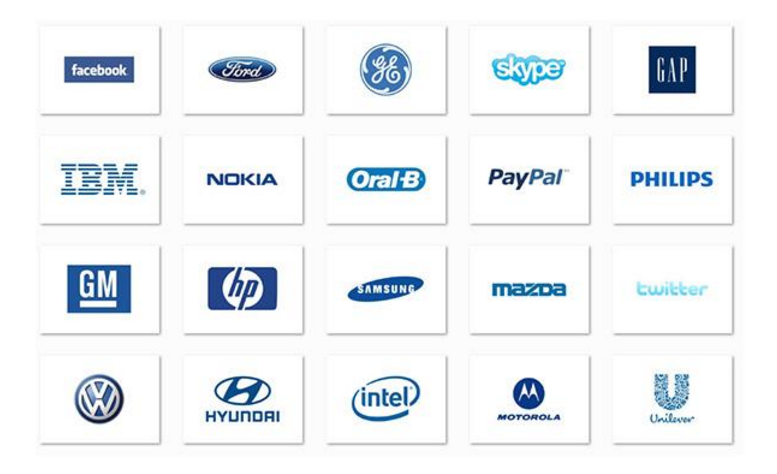
Blue is often seen as a color of calm, trust, and professionalism. It is a color that can evoke feelings of security, reliability, and serenity. Many corporate brands, financial institutions, and tech companies use blue to build trust with their audience. It is a non-threatening, neutral color that fosters a sense of dependability.
Blue is commonly used by companies in the financial sector, such as banks and insurance companies, to establish credibility. Brands like Facebook and Twitter also use blue to evoke a sense of trustworthiness and stability.
3. Yellow – Optimism and Caution
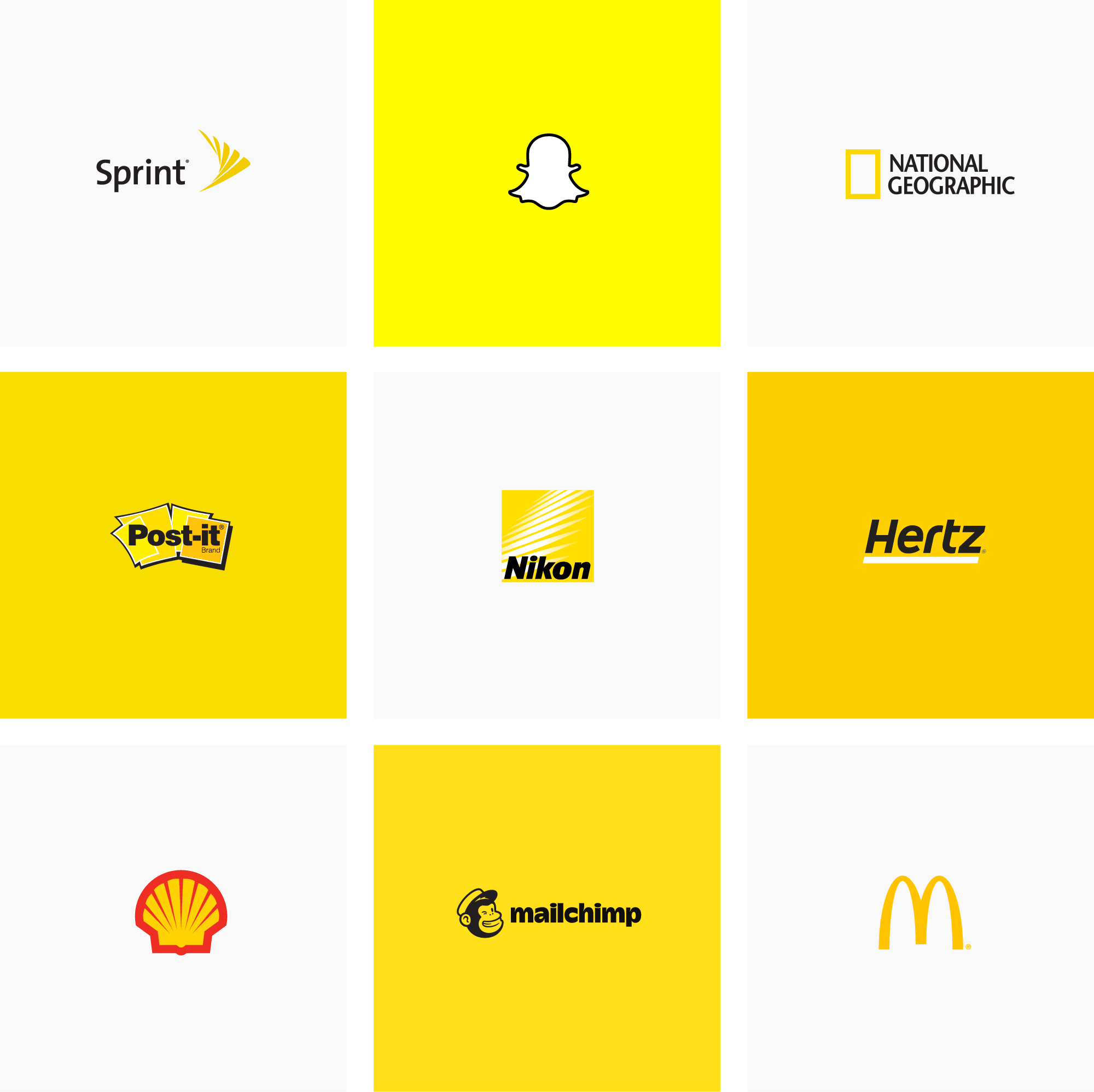
Yellow is often linked to happiness, optimism, and warmth. It grabs attention and invokes feelings of cheerfulness, making it ideal for campaigns aimed at creating a positive and upbeat atmosphere. However, because yellow is such a bright and stimulating color, it can also be associated with caution or alertness.
Yellow can be used to highlight important details or add a pop of color in design. Brands like McDonald’s use yellow to evoke feelings of warmth and approachability, while other companies like cautionary brands may use it to draw attention.
4. Green – Growth and Health
Green is synonymous with nature, growth, and health. It evokes feelings of calmness, renewal, and balance. Green is a versatile color used across industries to suggest environmental consciousness, wellness, and financial success. It’s also associated with wealth and prosperity.
Green is widely used by brands in the food, health, and eco-friendly sectors. Whole Foods and Starbucks, for example, use green to reinforce their commitment to health, sustainability, and organic products.
5. Purple – Luxury and Creativity

Purple is often associated with luxury, creativity, and sophistication. Historically, purple has been linked to royalty and nobility, which makes it a popular choice for high-end brands. It also evokes a sense of mystery and spirituality, making it a popular choice for creative and artistic industries.
Luxury brands like Twitch, Cadburry. use purple to reinforce exclusivity and high-end products, while creative industries, like design firms, often incorporate purple to emphasize innovation and originality.
6. Orange – Fun and Enthusiasm
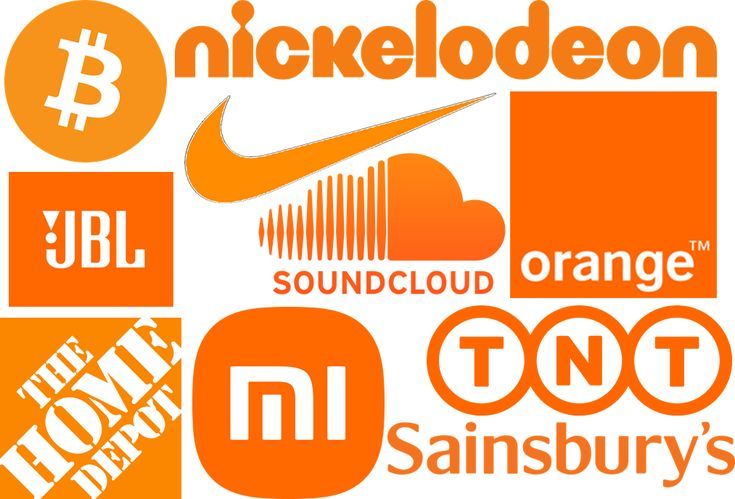
Orange is a vibrant color that evokes feelings of excitement, enthusiasm, and fun. It is less intense than red but still provides an energizing effect. Orange is often used in campaigns designed to encourage action or to convey a sense of playfulness.
Companies in the entertainment and tech industries often use orange to convey a sense of creativity and fun. Brands like Fanta, Nickelodeon, and Amazon have successfully used orange to appeal to a youthful, energetic demographic.
7. Black – Sophistication and Elegance

Black is a color that conveys sophistication, elegance, and luxury. It is often used in premium products or services to suggest exclusivity. Black is also a versatile color in design, allowing other elements to stand out against it. It is frequently used to create contrast or highlight a key message.
Luxury brands like Chanel and Puma use black to convey sophistication and exclusivity. It is also used effectively in minimalistic designs, making it a go-to color for modern and chic brands.
8. White – Simplicity and Purity

White is often associated with purity, cleanliness, and simplicity. It is the color of new beginnings and is frequently used to convey clarity and openness. In marketing, white can create a minimalist design that feels fresh and uncluttered.
White is used in design to create clean and simple aesthetics. Brands like Apple and Tesla use white in their product packaging and marketing materials to evoke a sense of innovation, simplicity, and luxury.
The Role of Color in Branding
Colors help define a brand’s identity and can communicate its values to customers without saying a word. A cohesive color palette across all marketing materials, including websites, advertisements, logos, and packaging, can reinforce a brand’s message and personality. Here’s how color plays a role in building a brand:
1. Establishing Brand Identity
The right colors help establish a brand’s personality and tone. A tech company, for example, may opt for blue to convey trust and professionalism, while a fun, youthful brand might use bright colors like yellow or orange to reflect a playful attitude.
- Example: Pepsi’s use of blue, red, and white emphasizes the brand’s energetic, global appeal while creating a consistent identity across all touchpoints, from the logo to packaging.
2. Target Audience Appeal
Different colors appeal to different demographics. Age, gender, cultural background, and personal preferences all influence how people perceive color. For instance, younger audiences may gravitate toward bold, bright colors, while older individuals may prefer muted tones.
- Example: Brands targeting a younger audience, like Spotify, use bold, vibrant colors to create an energetic and youthful brand identity, while more traditional companies, like IBM, use subdued blues to cater to professionals.
3. Color and Consumer Behavior
Color psychology is not just about aesthetic appeal; it has a direct impact on consumer behavior. Research shows that up to 85% of purchase decisions are influenced by color, which is why selecting the right color for a product or campaign is critical.
- Example: Fast-food chains like McDonald’s use red and yellow in their branding to encourage quick, impulsive decisions. Red stimulates appetite, while yellow is associated with optimism and happiness, creating a positive, action-oriented environment.
Best Practices for Using Color in Digital Marketing
To make the most of color psychology, marketers should:
- Understand Your Audience: Know who you’re trying to reach and how they respond to color. Cultural differences can significantly influence how colors are perceived. For instance, red is considered lucky in China, while it can symbolize danger in other cultures.
- Stay Consistent: A consistent use of color across all marketing platforms helps reinforce your brand’s identity and ensures that your message is clear.
- Balance Aesthetics with Functionality: Color should enhance the user experience, not overwhelm it. It’s important to balance vibrant, eye-catching colors with a design that maintains clarity and usability.
Conclusion
Color psychology plays an undeniable role in digital marketing by influencing consumer emotions, behaviors, and perceptions. By choosing the right colors, brands can enhance their messaging, improve user experience, and increase conversions. Understanding how color affects decision-making is a powerful tool for marketers aiming to create impactful and persuasive campaigns. Whether through website design, advertisements, or product packaging, color should be considered a strategic element of your marketing plan.




